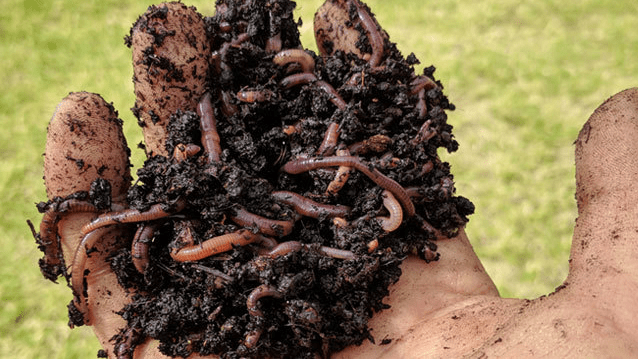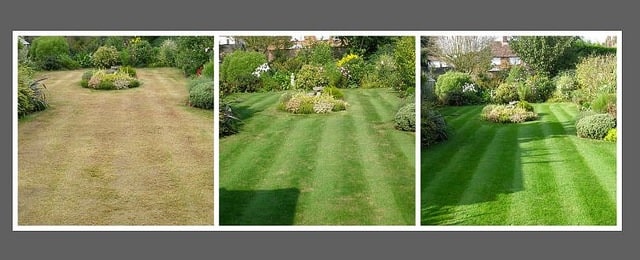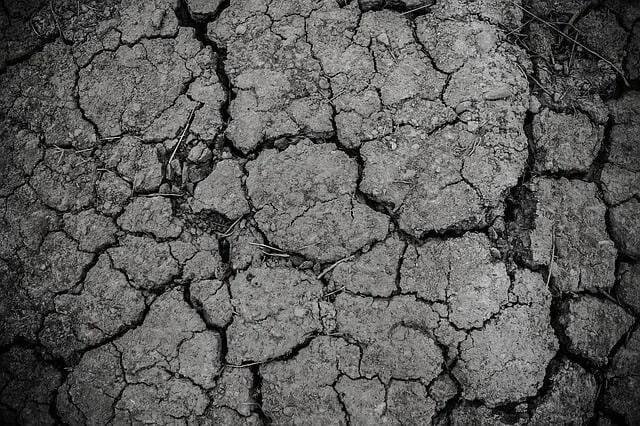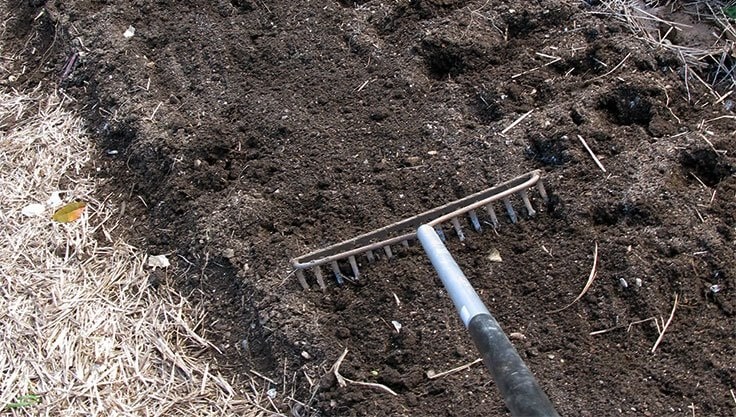
Planting blackberries in the garden yourself is not a feat. The berry bush is hardy and uncomplicated. With these tips for caring for your own blackberries, the harvest is sure to be a great success.
Blackberry plants are perennial climbers that belong to the rose family. They reach a height of up to three meters.
Blackberries are rich in vitamins. Thus, in them are found:
- Provitamin A, which the body converts into vitamin A.
- vitamin C
- vitamin E
- B group vitamins
- Contrary to what the name suggests, blackberries do not belong to the berries, but to the aggregate fruits.
Contents
Planting blackberries: varieties and location
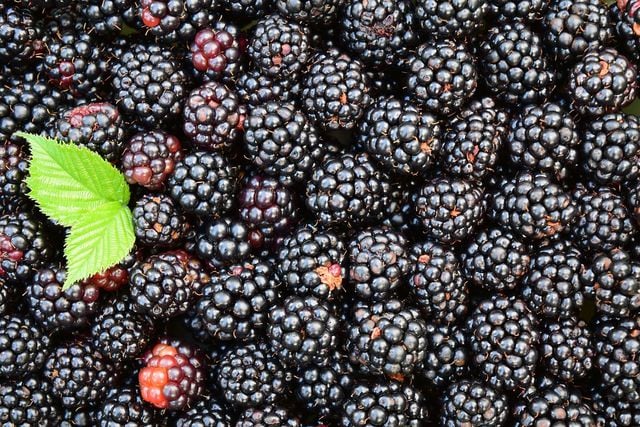
Before you plant your blackberries, you should learn about the varieties and make a choice. The classic thorny blackberries are very robust, high-yielding and can also convince in terms of taste. However, there are now also thornless varieties that make harvesting easier or blackberries that grow similarly to raspberries and are therefore ideally suited for the balcony. It’s best to get advice on varieties at your local nursery.
Blackberry plants like it sunny. However, a place in partial shade is also fine. The more sun, the sweeter the fruits will be in the end. Since the location should be protected from the wind, a place near a house wall or at the edge of a forest is particularly suitable. You should avoid waterlogging, as blackberries are sensitive to it.
The best time to plant blackberries is in spring, when the soil is already warm but still moist from winter.
- Dig a hole about the size of the root ball of your seedling.
- Loosen the soil well and enrich it with compost for an optimal start.
- Then loosen the roots of the seedling and place them a little deeper into the soil.
- Cover the roots with soil and water your freshly planted blackberry plant.
- Important: Because blackberry plants can grow very large, you should leave a space of at least three feet between plants if you want to plant more than one.
Plant blackberries: Proper care

In the care of blackberries are not particularly demanding. However, there are a few simple points to consider:
- Blackberries need a place to climb. A fence or a dead tree is suitable for this. Live plants can easily crowd out blackberries. To facilitate harvesting and to organize the plant, you can also erect a trellis. Stretch four rows of wire 50 centimeters apart between two posts about two meters high. In this way you can guide the young shoots from the beginning to maintain order.
- Once a year, preferably in spring, it is advisable to fertilize the soil around the climbing plant. To do this, you can enrich the soil with well-matured compost or make your own fertilizer.
- To prevent blackberries from proliferating, you should prune them regularly. This also makes harvesting easier and increases the yield. This article tells you what to look for when pruning your blackberry plants:
Blackberries: Tips for harvesting

You can harvest the first blackberries in July. When harvesting, make sure that the berries have turned completely black and are soft. Only then are they really ripe and should come off the bush easily. Unlike many other fruits, blackberries do not ripen after harvest. Depending on the weather, blackberries often continue to bear a lot of fruit into the fall.
After harvesting, you should consume blackberries quickly. If the yield is particularly large, it is recommended to bake with the sweet berries or to make blackberry jam. Alternatively, you can also freeze them. This way you have delicious blackberries from your own garden even out of season.
Tip: You can dry the leaves of your blackberry plants and use them as tea. This is supposed to help against diarrhea, among other things.




